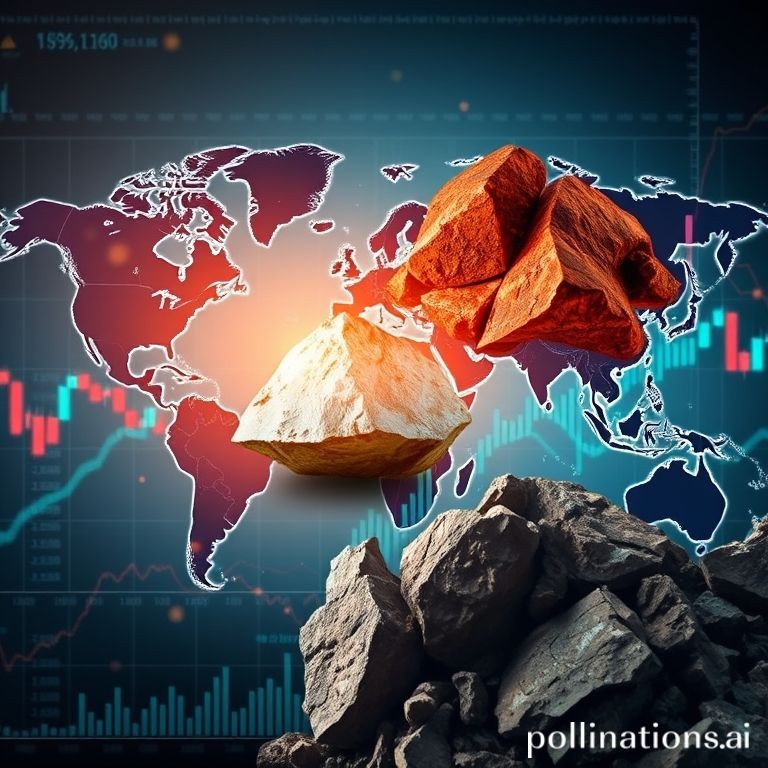
The global financial landscape is a tapestry of shifting trends and emerging opportunities, often presenting a nuanced picture that demands careful observation. This past week saw further signs of this intricate dance, with the ASX 200 experiencing continued pressure, settling at the lower end of its monthly trading range. After a robust six-month rally, many market watchers suggest that this period of consolidation, or even a brief breather, is not just anticipated but perhaps a healthy development for market sustainability. While domestic equities show signs of cooling, US stock markets continue their impressive run, extending a streak of over 150 days without a significant 5% drawdown, underscoring a persistent bullish sentiment in major overseas indices.
Navigating Market Signals and Potential Turning Points
Despite the current market buoyancy, particularly in the US, investors are keenly aware of the inherent cyclical nature of financial markets. The long-term trend generally points upwards, implying that any impending correction might be short-lived, potentially offering attractive buying opportunities for those inclined towards a bullish strategy. However, seasoned analysts often highlight critical thresholds that, if breached, could signal a more profound shift in market dynamics. For instance, a sustained monthly close below a particular support level could confirm a 'monthly sell pivot,' indicating a false breakout from previous all-time highs set earlier in the year. Such an event would undoubtedly prompt a closer examination of market positions and strategies, moving beyond short-term volatility to address potential structural changes.
Critical Minerals: Geopolitical Undercurrents and Price Surges
Beyond the broad market indices, specific sectors are generating significant buzz, particularly in the realm of critical minerals. Following a challenging three-year bear market, lithium and rare earth stocks have demonstrated a notable rebound. This resurgence is not purely driven by traditional supply and demand dynamics but is heavily influenced by geopolitical considerations. Recent discussions among the G7 nations and the European Union to explore the creation of a floor price for rare earths aim to counter China's historical dominance in this crucial sector. Such strategic moves highlight the increasing global recognition of these minerals as vital for modern technologies and national security, driving investor interest and price recovery.
Copper's Unstoppable Rally: A Supply Shock Perspective
Another commodity making headlines is copper, which has seen its prices soar dramatically. This spike was largely triggered by Freeport-McMoRan's declaration of force majeure at its Grasberg gold/copper mine in Indonesia. The company's revised outlook, indicating a potential 35% reduction in 2026 production estimates from its Indonesian unit, sent shockwaves through the market. Grasberg, being the second-largest source of copper globally, plays an indispensable role in the world's supply chain. The implication of such a significant supply disruption, especially when global demand for copper is robust due to the accelerating energy transition and electrification efforts, naturally pushes prices upwards. This situation underscores the fragility of global supply chains for essential commodities and their immediate impact on market pricing.
China's Economic Stimulus and Broader Commodity Outlook
Meanwhile, the Chinese stock market has also experienced a sharp upward trajectory in recent months. This surge is largely attributed to the Chinese government's aggressive fiscal policies, characterized by "wartime" level 10% budget deficits. These substantial government expenditures are designed to stimulate economic activity and foster reflation, injecting liquidity and confidence into the economy. As China, a colossal consumer of raw materials, embarks on a path of economic recovery and expansion, the ripple effect on global commodity markets is palpable. The robust demand from China often acts as a significant tailwind for commodity prices worldwide.
Commodities and the Australian Dollar: A Symbiotic Relationship
Looking at the broader picture, the prevailing sentiment suggests that the current bull market in commodities remains firmly intact. While lithium, rare earths, and copper have led the charge, there is an anticipation that other commodities may soon follow suit, initiating their own rallies. This widespread increase in commodity prices typically bodes well for commodity-exporting nations like Australia. A strengthening commodity market often translates into a more robust Australian dollar, reflecting the increased value of the nation's exports and bolstering its economic outlook. For investors, monitoring these commodity cycles and their interplay with global economic policies is crucial for identifying emerging trading opportunities.
The current market environment, characterized by both localized weakness and widespread strength in key sectors, offers a dynamic landscape for investors. Understanding these interconnected global trends—from geopolitical influences on critical minerals to the impact of major supply shocks and national reflationary policies—is paramount. Such insights can illuminate potential avenues for strategic investments and provide a framework for navigating the complexities of modern financial markets, helping traders identify their next significant move in an evolving global economy.
